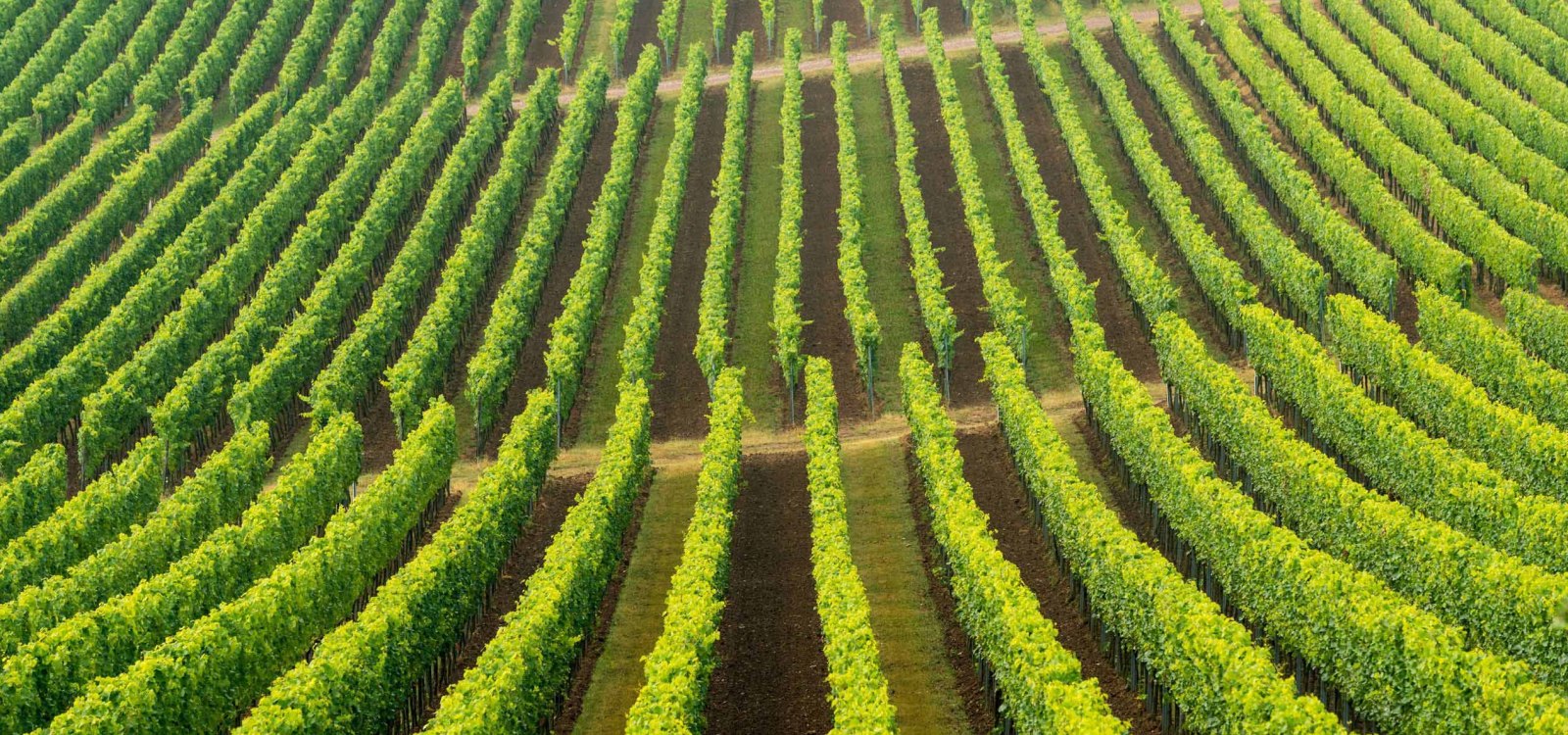
searchMenu



In the Middle Ages birds of prey were called vultures. The name of the location is due to the occurrence of this species.

The naming is based on the ownership of the monastery Nivelles.

Limestone hell: Sun-kissed vines, cool limestone aromas Yes, the vineyard is south-facing and sun-drenched. However, the name does not mean that it is a sinking hot hell. "Hell" rather refers to a gentle slope. The site was mentioned in documents in the mid-15th century with the name "uff helden" and at the end of the 17th century with the name "zu höllen". Clay marl and fertile loess are found here as a base. The subsoil is limestone, which is predestined for top Rieslings and Pinot Noirs. As early as 1963, the…

Castles, warm winds and no man's land On 6 May 1588, "Seyfried von Dienheim" laid the foundation stone for the construction of the castle in Nieder-Saulheim. After the French Revolution, the estate passed into private hands - and it still is today. The vineyard, named after the castle, is characterised by deep clay and lime and clay marl. The microclimate is unique: the surrounding hills - like a cauldron - protect the vines from the wind. There is a connection to the river Rhein through the Selz valley. Even on cold autumn days, warm winds…

The location was mentioned in 1562 with the name "im Leckerberg". Either the layer name is based on a personal name or it is salt lick stones, which were designed in this area for the game.

The cardinal point gives the name “Ostern”? (engl. Easter) The resurrection of Christ? No. In Middle High German, "Oster" means "situated in the east". In fact, however, the single vineyard site is located to the north of the municipality of Selzen. The site was first mentioned in documents in the 12th century with the name "im Osterberg" and in 1436 with the name "in dem Osterberg". On heavy Letten soils, loam marl, the vines have to root deeply to be able to absorb minerals and water. Riesling feels at home here. > The…

Blooming heath on the winemaker’s alp Like a horn, a pointed mountain, this single vineyard stands out in the landscape, hence the name. The addition "Gold" stands - as always when it comes to vineyard names - for the high esteem in which it is held. Here you will find a varied terroir, sloping and flat sites, loess or volcanic rock (Rigosol) as well as different wind and sun orientations for the most diverse grape varieties. From Riesling and Silvaner to Pinot Noir or Portugieser. On the hilltop, the pink blooming heath beckons in…

Scratchy winegrowers, running armies, wonderful wines There are soils that are easy to work, for example loess. And then there are soils that challenge the winegrower. In this very high single vineyard, the soil has to be literally scratched, hence the name "Kretz". Responsible for this: the hard and rugged rhyolite rock or porphyry (a light-coloured, magmatic rock of the Rotliegende) with scree slopes and quarries. This particular soil is very rare in Rheinhessen (one percent). Very famous top Rieslings and Pinot Noirs thrive here.…

Ryolite on a gentle to steep slope A wooded vineyard slope, sheltered from the wind by the Siefersheimer Horn in the west. The vineyard was first documented in 1532 with the name "in der hellen". “Hölle” refers to a gentle slope, a widespread field name in west-central Germany. With a gradient of up to 30 percent, one can certainly speak of a steep slope here in some places. Rhyolite, a magnetic rock, makes the wines unique. Riesling and Silvaner make the soil particularly palatable. The vineyard borders the Appelbach stream…

Neighbourhood of vines and moss Vines can also grow on dry soil. But here they do not have to. The site was first mentioned in a document in 1559 with the name "an dem moissen Wege". The derivation of the name comes from the Middle High German word "mos" and means "wet terrain". No wonder, since the small river Selz borders the vineyard directly. Beautiful moss cushions and lush ferns can certainly be found there. A variety of grape varieties grows on clay marl. A bench by an idyllic wooden hut invites you to take a break. > Regional…
Rheinhessenwein e.V.
Otto-Lilienthal-Straße 4
55232 Alzey
E-Mail: info@rheinhessenwein.deRheinhessenwein e.V.
Otto-Lilienthal-Straße 4
55232 Alzey
E-Mail: info@rheinhessenwein.de